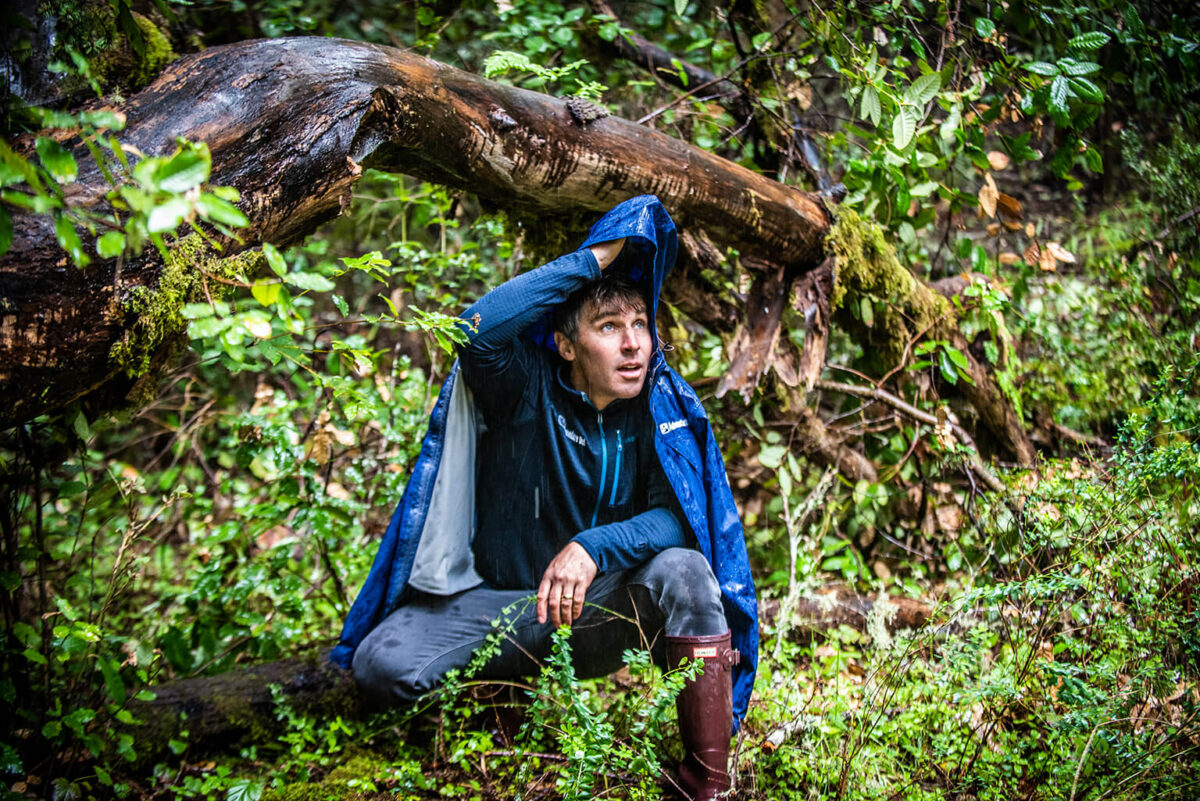Words by Johanna Harlow
Licking parched lips, a lone man surveys a desert canyon. The harsh sun has spiked the temperature to three digits and the terracotta hue of the canyon walls matches his beet-red face. As he sways on his feet, a disembodied voice comes to him. “See that small little beaver-tail cactus with the flat paddle? Those make perfect cooking when we get your fire started.” Not some survival-savvy guardian angel nor heat-conjured hallucination—the voice belongs to Cliff Hodges via earpiece. He’s watching through the man’s helmet and body cams as he guides him on a two-day trek to the extraction point.
This extreme sojourner is in capable hands. There’s a reason National Geographic recruited Cliff as one of two hosts for their show Remote Survival. As the founder of Adventure Out, Cliff has run an outdoor school for nearly two decades now. In addition to survival skill instruction, Cliff and his team offer wilderness medical courses, surf camps, rock climbing classes, backpacking trips and mountain biking in Pacifica and Santa Cruz.
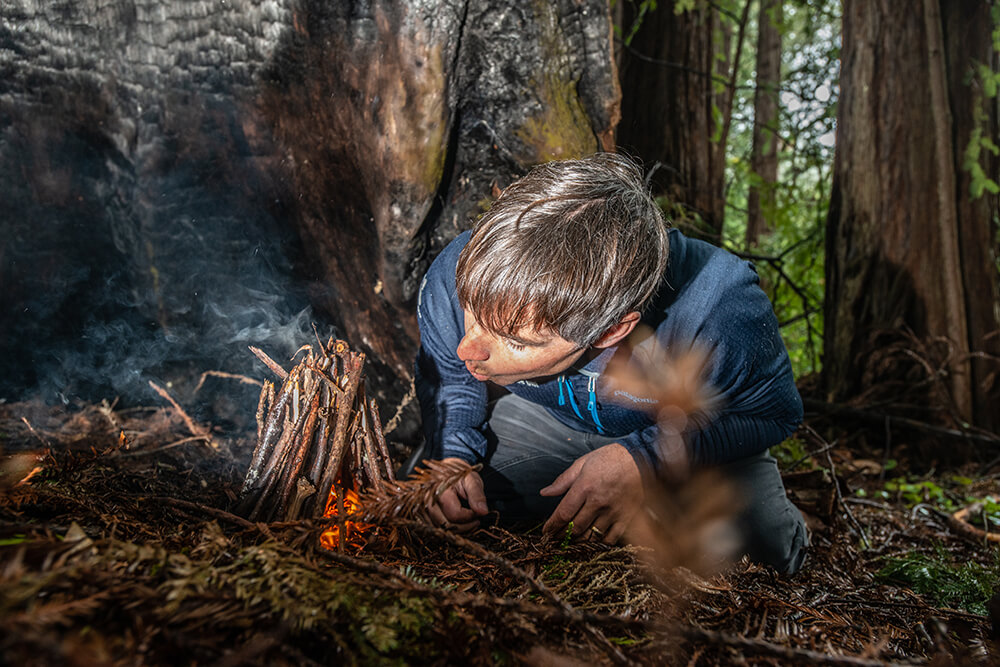
Talk about a change of course. Cliff graduated from MIT with a master’s in electrical engineering. “It was the early 2000s,” he explains. “I was gonna do the standard tech thing.” Not long into his first job, he had second thoughts. “I was in a basement, in a cubicle, all day long, going from one meeting to the next and never seeing the sky,” he recalls. Then his dad had a stroke. He recovered, but it reminded Cliff to make life count. Soon after, he ditched the desk and fluorescent lights to start his outdoor gig.
Raised in Santa Cruz, Cliff grew up rock climbing, surfing and backpacking, but he honed his survival skills during college. Many a weekend and most school breaks, he made the five-hour drive to Tom Brown’s famous Tracker School to advance his prowess as a master outdoorsman. “I refuse to accept the notion that we’re the only animal on the planet that doesn’t know how to take care of ourselves in the wilderness,” asserts Cliff. “A deer doesn’t wake up in the morning and say, ‘Oh no. Where am I? Where am I gonna find food today?’”
With the goal of helping people “reestablish their place on this planet,” Cliff’s Adventure Out offerings push the boundaries. “People don’t really realize what they’re missing until they experience it,” he says, recalling one woman from his surf lessons. As soon as she waded into the waves… “She’s got this giddy, big smile on her face,” he reminisces. “And she goes, ‘I just realized that I’ve lived in San Francisco for 10 years and this is the first time my body’s touched the Pacific Ocean.’” He smiles. “There are so many moments like that… We have people who come out to a survival class and it’s the first time they’ve been in a redwood forest.”
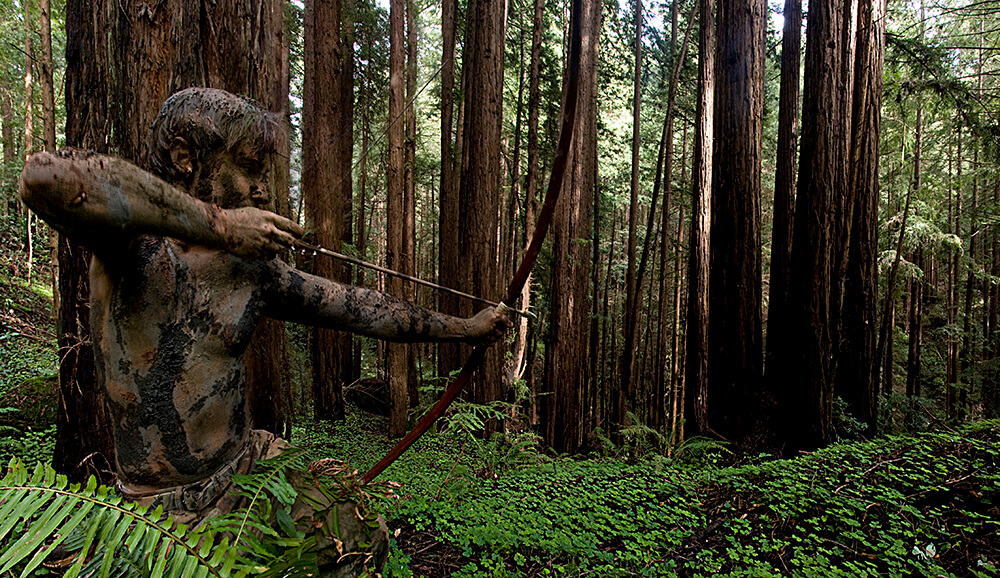
It wasn’t long before MTV hired Cliff for an episode of Made. His objective was to train two teen girls from the suburbs to hold their own out in the Alaskan bush. On the trip, they hiked a glacier, built a shelter and dodged bears. “Yeah, that was a lot of fun,” Cliff grins.
A few years later, he landed on National Geographic’s Remote Survival with co-host Alex Coker. It was an unusual challenge, notes Cliff, who had to talk contestants through the mind games. “The hardest part was always trying to convince people to eat,” he recalls. He remembers one contestant refusing to eat a lizard he’d already caught and killed. “We don’t kill things for no reason and then not eat it,” Cliff reasoned. “Your body also needs calories.”
For those ready to test their mettle at Adventure Out, there are plenty of lizard-less options. The one-day prerequisite, Wilderness Skills & Survival Clinic, opens the door to a slew of advanced options like fire-making, kayak-building, trap- and snare-making, desert backpacking and winter survival.
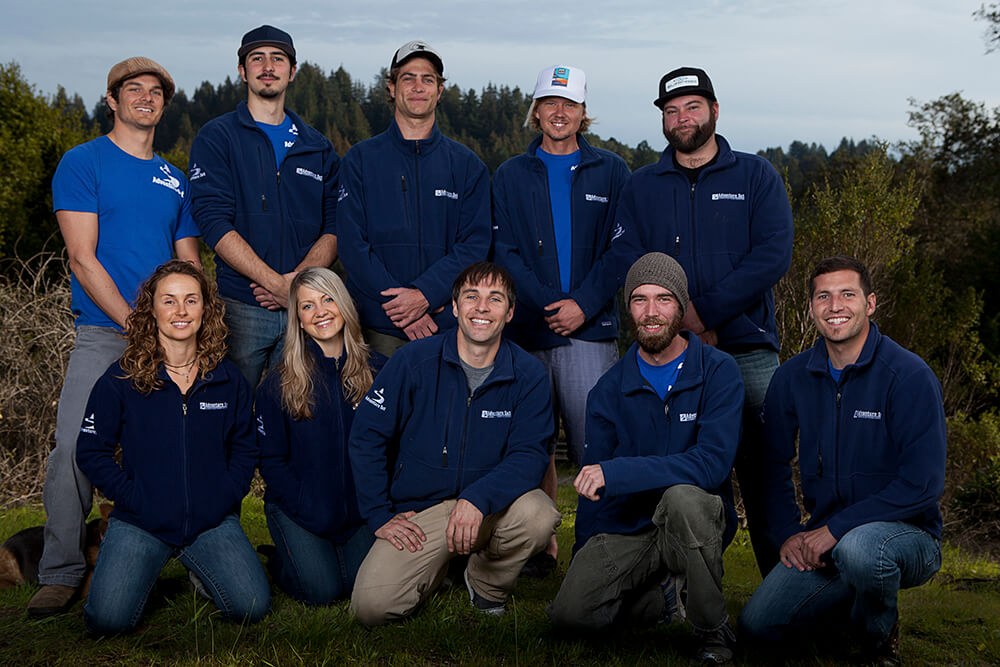
This last option whisks participants to the Sierra. After learning the how-tos of building a snow cave and fighting exposure (all from the toasty confines of a lodge near Donner Pass), everyone straps on snowshoes to tramp into the wilderness and apply the lesson. To warm your cave with your own body heat, “You want it to be relatively small,” Cliff instructs the bundled group. “The more claustrophobic-inducing of a shelter you make, the better of a shelter it is.”
For a less shiver-inducing option, the Immersion Overnight outing involves sleeping under towering redwoods. “You’re not just building a shelter to see what it looks like and walking away. You’re building a shelter that you’re spending the night in,” Cliff explains. Also on the survival syllabus: scavenging for wild edibles and making a fire to cook dinner.
Cliff is particularly fond of the bow-making class. The skill is tied to one of his wildest personal adventures: bringing handmade weapons to a week-long elk hunting trip on a 200,000-plus-acre private property in Montana. “It’s just the most vast and immense piece of land I’ve ever been on,” Cliff describes.
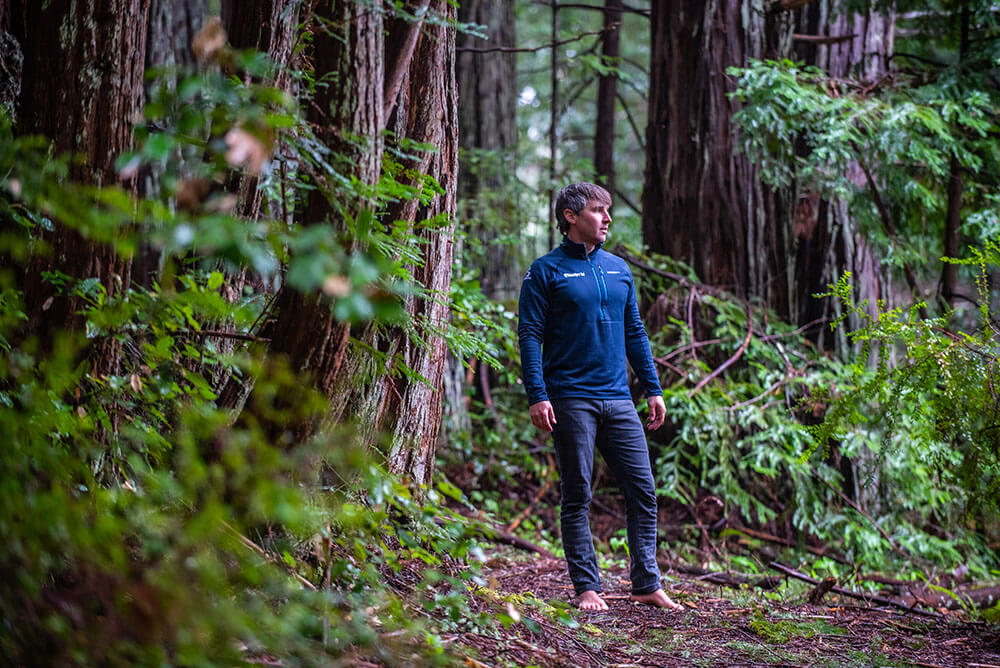
Though he didn’t take an elk during his big trip, he doesn’t view the excursion as unsuccessful. “When you’re hunting with primitive equipment, you’re not really accurate beyond 20 yards,” he explains. “So the releasing of an arrow is the final moment and the culmination of days and weeks and sometimes months of work.” It’s much more about living in tune with nature by observing the herd and learning their patterns. “You watch their intergroup dynamics,” Cliff shares. “I saw elk feeding with sunsets behind them. I saw two 1,200-pound male elk engaged in a battle of dominance while I sat behind a tree eight yards away.”
If tracking interests you, Cliff recommends signing up for an Adventure Out class with instructor Jack Harrison. “He can read the landscape like most people read a book,” Cliff says. When Jack sees prints in the mud, he can tell you the who and the when. “It’s like nature’s version of a CSI forensic investigation,” Cliff chuckles.
Consider fanning the flames of your wild side (and future campfires). Say yes to adventure.
Survive & Thrive
Survival 101: The most important thing people should know about surviving the wilderness is understanding the Sacred Order of Survival: shelter, water, fire, food (in that order). “Our bodies are most susceptible to exposure,” Cliff explains. “We say, ‘Up to three hours without shelter, three days without water and three weeks without food.’” Hunkering down in a warm, dry place with water is a much better move than burning too many calories seeking food. “That’s the last thing you need to do! Most people who get lost in the woods are usually found within the first few days.”


